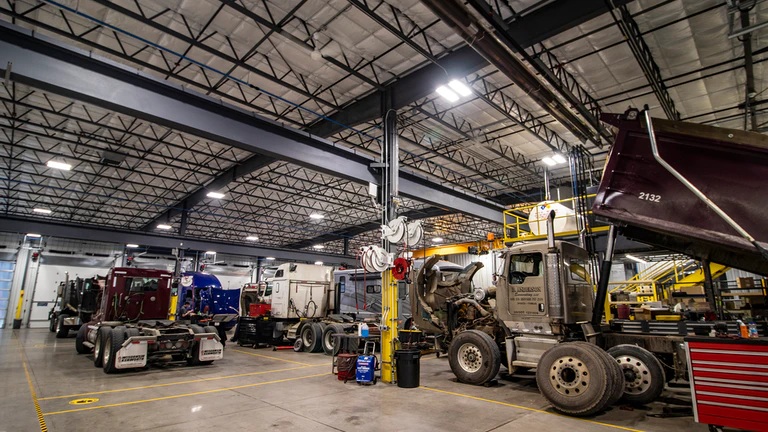An evaluation of scheduling challenges can help pinpoint and improve vehicle service.
If we were maintenance and service oracles, we would never start a job we couldn’t finish.
But in the real world, issues with parts, tools, and outside resources can be a challenge. When it comes to scheduling vehicle service, it is important to identify all components and resources needed. Identifying resources is known as job planning. Getting the resources sorted out in a timely manner is called scheduling. The goal of the planning and scheduling process is to have everything show up when the job starts.
Reasons for scheduling challenges
In the real world, jobs may get hung up for a wide variety of reasons. Specific reasons for challenges might include:
- Materials are wrong, missing or damaged.
- Labor could be untrained, unavailable, or unwilling to do the work.
- Vehicle assets could be the wrong truck, it never showed in the shop, the scope of work was wrong, or it’s missing in action.
- Tools are missing, broken, not rented, or being used for another job.
- Building issues such as a jammed garage door, compressed air system issues, or a too-small service bay.
There are quite a few more reasons for jobs getting hung up; none of which are particularly crazy, and all are common in shops everywhere. Even great shops face problems that keep them from finishing jobs on time. These reasons are essential but cannot easily be addressed during the service itself.
Keep track of reasons
Collect the reasons for shop scheduling issues, and review the list a couple of times per year. You may find significant repetition is a reason for the schedule misses. An agenda for a weekly planning and scheduling follow-up meeting can bring to light the reasons listed above. Consider asking the following:
- What scheduled work did we complete last week?
- What scheduled work did we not complete last week?
- Why did the jobs on the schedule not get done? Be sure to note and collect these reasons for tracking and future evaluation.
- What is still stuck in the shop, and why?
- What was the schedule compliance? (Hours completed/hours scheduled)
Perhaps quarterly, when a shop decides to review these reasons, look for reasons that repeat over a long time. The more often they happen, the more likely they are defects in the underlying business process. The business process has some holes, it is not being followed, it is not up to date, or the person who used to do it is gone.
Real-world example
Let’s review the case of a Canadian heavy duty truck repair and maintenance facility.
The fleet was having a hard time with spare parts. They went so far as to pull the spare parts in advance, also known as “kitting.” The problem was that by the time the job started, some of the spare parts were gone and no one knew what happened to them.
The fleet figured out off-shift technicians were shopping for their parts in the kitting area rather than the store room. The part kits were raided for breakdowns and no one was confessing to doing this.
The fleet addressed the organization of these parts with a unique approach. The fleet acquired an old set of storage lockers to add to the service area storeroom. The lockers were set up with the locker backs removed. The lockers were mounted with the door end toward the shop and the back end toward the stockroom to serve as a storage area for pre-organized parts kits.
Parts were pulled, kitted, put into totes, and then slid into a locker. The key to access the assigned locker, which had the appropriate parts, was put into the plastic sleeve that also contained the work order. All of a sudden the amount of work order with missing parts went down dramatically. The business process had a hole and the fleet manager filled the gap with a new process.
This type of assessment can be beneficial to any shop to help improve shop efficiencies and processes.
By Joel Levitt
Source: https://www.fleetmaintenance.com
CUT COTS OF THE FLEET WITH OUR AUDIT PROGRAM
The audit is a key tool to know the overall status and provide the analysis, the assessment, the advice, the suggestions and the actions to take in order to cut costs and increase the efficiency and efficacy of the fleet. We propose the following fleet management audit.




